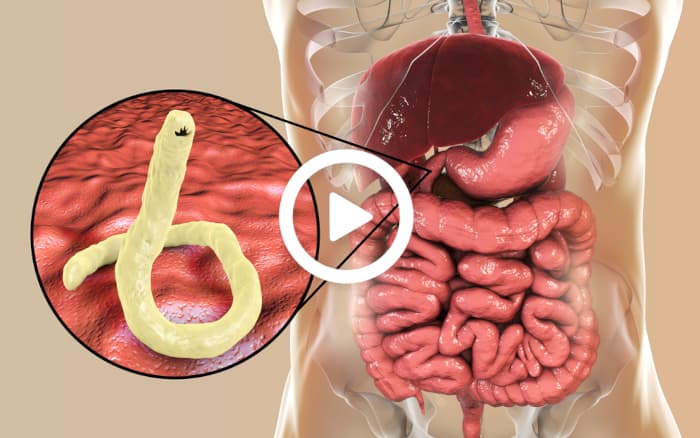How To Reduce Tooth Sensitivity 🥶🦷
Tooth sensitivity can be a persistent problem affecting everyday comforts like eating and drinking. The video provides insightful tips that can help alleviate this discomfort.
It's crucial to use a
soft toothbrush
when dealing with sensitive teeth. For those experiencing severe sensitivity, an
Ultra Soft toothbrush
is advisable. A harder toothbrush can exacerbate the issue by removing tooth structure, leading to increased sensitivity.
Foods such as oranges, grapes, and blueberries are naturally high in acid and can worsen tooth sensitivity. Cutting back on these foods may help in reducing the sensation and protecting your teeth in the long run.
mouth guard
. A night guard can minimize the trauma from both clenching and grinding by cushioning and protecting the teeth during the night.
It's recommended to avoid alcoholic mouthwashes, which can dry out the mouth and make sensitivity worse. Opt for non-alcoholic alternatives to maintain mouth health and reduce sensitivity triggers.
For persistent root sensitivity, dental innovations like the
pinhole technique
, which covers exposed root surfaces and lessens discomfort, may be considered. Consulting with a dental professional can provide a personalized approach to utilizing these advanced methods.
“The pinhole technique is a wonderful method that can alleviate root surface sensitivity by bridging gum tissue over exposed roots.”
From Around The Web
Wellness Inbox is a blog & weekly newsletter that curates trending news and products related to health and wellness from around the web. We also gather content from various sources, including leading health professionals, and deliver it directly to you.
Please note that we may receive compensation if you purchase any products featured in our newsletter. Wellness Inbox is not affiliated with, nor does it endorse, any health professionals whose content may appear in our newsletter. The information provided is for general informational purposes only and should not be considered medical advice.
The information provided is not intended to replace professional medical advice, diagnosis, or treatment. All content, including text, graphics, images, and information available is for general informational purposes only. We do not guarantee the accuracy or completeness of any information presented and assume no liability for any errors or omissions. The content is subject to change without notice. We encourage you to verify any information with other reliable sources and consult your physician regarding any medical conditions or treatments.






